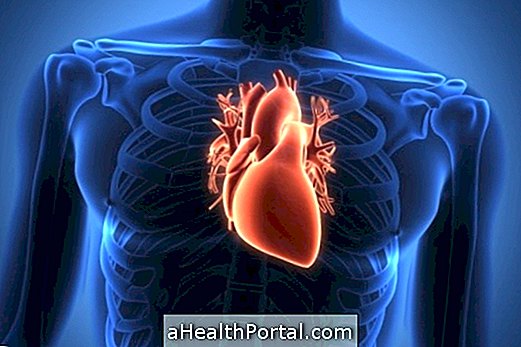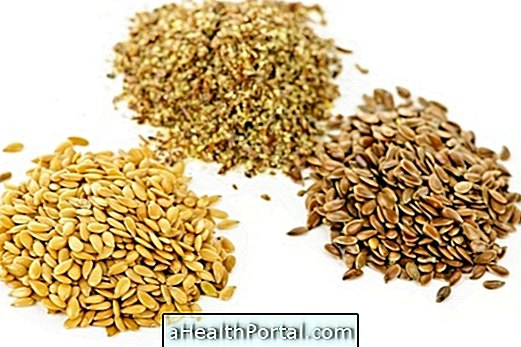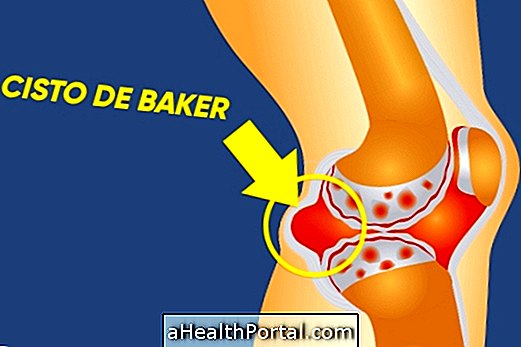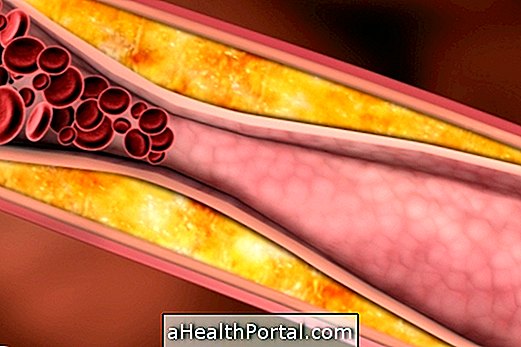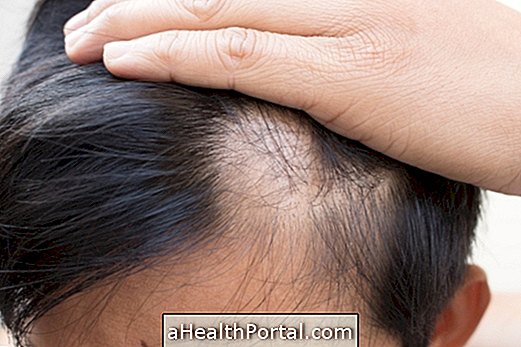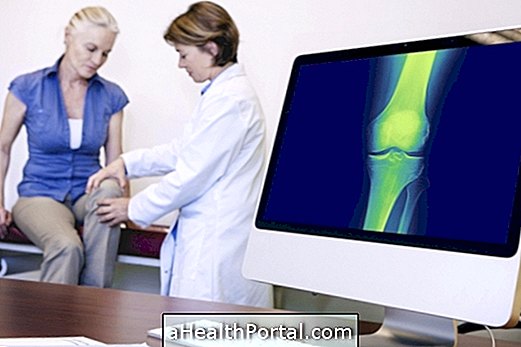Dextrocardia is a condition in which the person is born with the heart on the right side of the body, which results in an increased chance of having symptoms that make it difficult to perform daily tasks and that can reduce the quality of life, such as shortness of breath and tiredness when walking or climbing stairs, for example. These symptoms arise because in cases of dextrocardia there is a greater chance of developing malformations such as changed arteries, poorly developed cardiac walls or weaker valves.
However, in some cases, the fact that the heart develops on the right side does not involve any kind of complication, because the organs can develop properly and, therefore, it is not necessary to make any type of treatment.
Thus, one only has to be worried when the heart is on the right side and symptoms appear that prevent the accomplishment of the daily activities. In these cases, it is recommended to go to the pediatrician, in the case of the child, or the cardiologist, in the case of the adult, to assess if there is a problem and start the appropriate treatment.
Major complications of the right-sided heart
Right ventricle with two exits
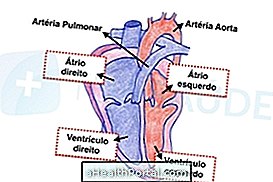

In some cases the heart may develop with a defect called the right ventricle with two exits, in which the two arteries of the heart attach to the same ventricle, unlike the normal heart where each artery attaches to a ventricle.
In these cases, the heart also has a small connection between the two ventricles to allow blood to exit the left ventricle that has no outlet. In this way, the oxygen rich blood mixes with the blood that comes from the rest of the body, provoking symptoms such as:
- Easy and excessive tiredness;
- Bluish skin and lips;
- Thicker nails;
- Difficulty to gain weight and grow;
- Lack of excessive air.
Treatment is usually done with surgery to correct the connection between the two ventricles and reposition the aortic artery at the correct site. Depending on the severity of the problem, it may be necessary to perform several surgeries to obtain the best result.
2. Malformation of the wall between the atria and the ventricles


The poor formation of the walls between the atria and the ventricles occurs when the atria do not divide between themselves, as do the ventricles, causing the heart to have one atrium and one large ventricle instead of two. The lack of separation between each atrium and ventricle allows blood to mix and leads to increased pressure in the lungs, causing symptoms such as:
- Excessive tiredness, even when doing simple activities such as walking;
- Pale or slightly bluish skin;
- Lack of appetite;
- Rapid breathing;
- Swelling of the legs and belly;
- Frequent pneumonias.
Usually, treatment of this problem is done about 3 to 6 months after birth with surgery to create a wall between the atria and the ventricles, but depending on the severity of the problem, the doctor may also prescribe some medicines, such as antihypertensives and diuretics to improve symptoms until the child reaches an age where there is a lower risk of having surgery.
3. Defect in the opening of the right ventricular artery


In some heart patients on the right side, the valve between the right ventricle and the pulmonary artery may be poorly developed and therefore does not open properly, making it difficult to pass blood to the lungs and preventing adequate oxygenation of the blood. Depending on the degree of valve malformation, the symptoms may include:
- Swollen belly;
- Chest pain;
- Excessive tiredness and fainting;
- Difficulty breathing;
- Purple skin.
In cases where the problem is mild, treatment may not be necessary, however, when it causes constant and severe symptoms it may be necessary to take medicines that help the blood to circulate better or have surgery to replace the valve, for example.
4. Arteries exchanged in the heart


Although it is one of the rarest cardiac malformations, the problem of arteries exchanged in the heart may arise more often in patients with right-sided heart. This problem causes the pulmonary artery to be connected to the left ventricle instead of the right ventricle, just as the aortic artery is attached to the right ventricle.
Thus, the heart with oxygen leaves the heart and passes directly into the lungs and does not pass into the rest of the body, while blood without oxygen leaves the heart and passes directly into the body without receiving oxygen in the lungs. In this way, the main symptoms appear soon after birth and include:
- Bluish skin;
- Very difficult to breathe;
- Lack of appetite;
These symptoms arise soon after birth and therefore it is necessary to start treatment as soon as possible with the use of prostaglandins that help to maintain a small open hole between the atria to mix blood, which is present during gestation and which closes shortly after delivery. However, surgery should be done during the first week of life to put the arteries in the correct place.
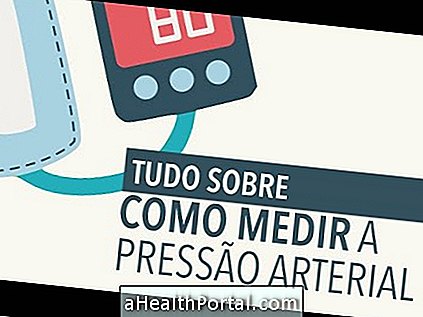
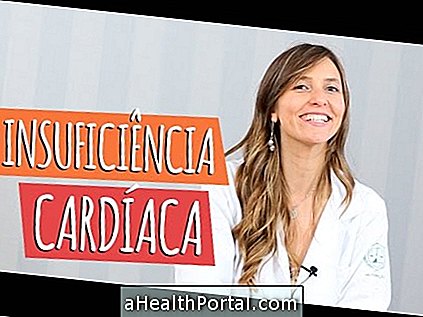
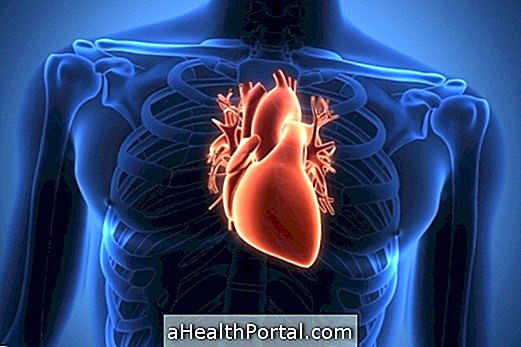

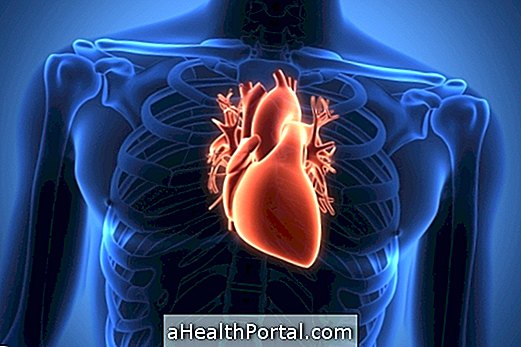
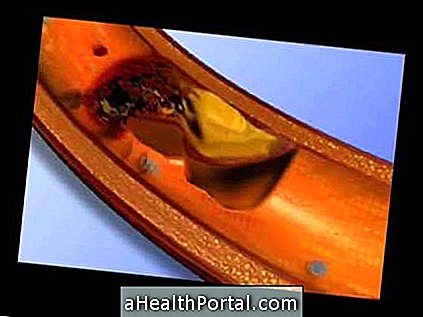


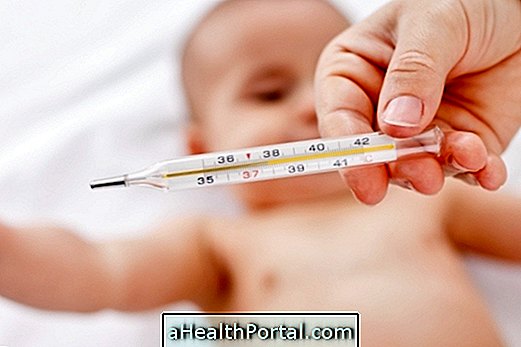
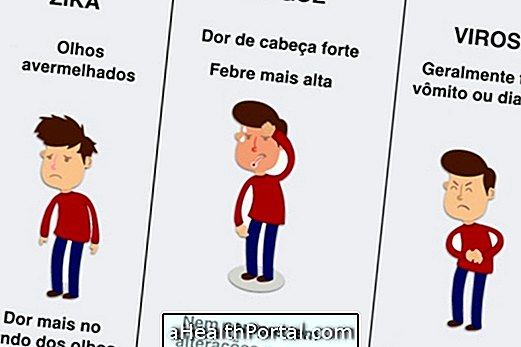

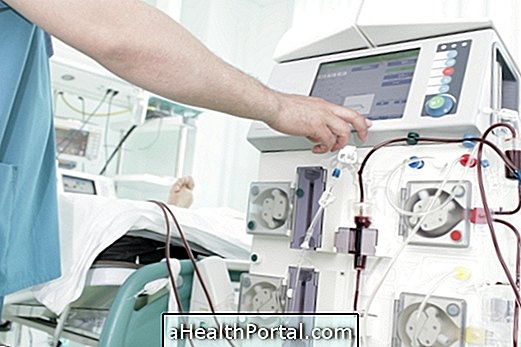
-o-que--sintomas-e-tratamento.jpg)
